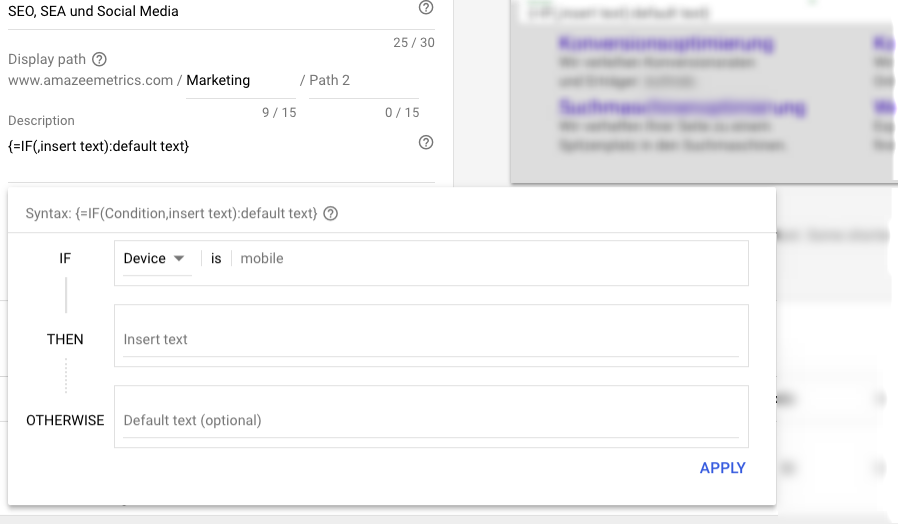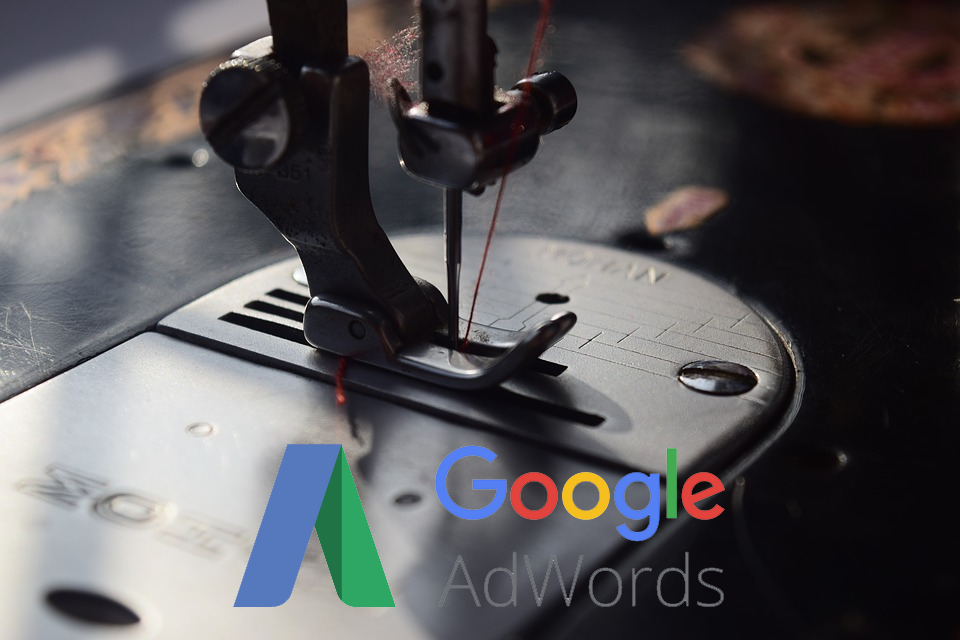Google has announced rolling out the AdWords IF function over a year ago, and yet we often come across AdWords users who have never used it in their campaigns or are even unaware of this function. In this blog post we will cover all you need to know about IF functions, as well as cover ways to use them to improve the performance of your campaigns.

So, What Are AdWords IF Functions?
AdWords IF functions allow you to insert specific messages in your ads if a certain condition is met. This allows you to personalize your ads at scale, making them more relevant to your potential customers. Simply put, if a condition is met – show this ad copy variation, if not show the default.
This functionality allows you to directly set up all variations in the ads without the need for a feed, making them easy to scale and implement.
As of now, there are two qualifiers or conditions that the IF functionality supports:
1. Variations based on device.
2. Variations based on audience (different audience or remarketing lists).
Google has kindly given us an example for both support targets:

Let’s see it used in some examples.
Mobile Specific Ads
This allows marketers to write one ad version for desktop users and another for mobile users. Going back to the fundamentals of mobile-friendly we know that users on mobile devices have different needs and will react better to ads catering to the mobile format and experience.
The example below provides more context on exactly how advertisers can use the IF function based on device.

Audience Lists
To use the IF function for audiences, you need to have some audience lists defined in your AdWords account. Audience lists depend on campaign goals and overall business characteristics. Commonly these lists could be built off how recently a user visited a specific page on your website, or users who have abandoned their shopping cart for example.
If you have never set up an audience list, you can follow the steps we have covered in the these two blog posts “Creating Remarketing Lists Part 1” and “Creating Remarketing Lists Part 2”.
In the example below, we are targeting cart abandoners (audience list), giving them an incentive to complete the transaction.

The strategy and use case above is just one example of how IF function paired up with your segmented audiences can be used to impact retention and conversion rates.
Although the two examples we have here are some of the most common uses of AdWords IF functions, you are in no way limited to those two groups. Depending on your audience composition, business needs and campaign goals you could:
- Highlight additional discounts, support or perks for existing clients
- Sync the ad copy with your newsletter message for all your subscribers
- Use it to add a sense of urgency in your ads regarding a promotion for all previous visitors
How to Get Started
You do not need to write the code in your ads, this function like all other Ad Customizers comes with its own interface. Enter a curly bracket “{” anywhere in your ad copy fields and select IF function. You will see the screen below:

Conclusion
AdWords If functions are a powerful addition to your ad copy. They can help you customize ads at scale, helping you to limit campaign managing overhead.
Using If functions already? Have any comments or questions regarding this topic? Get in touch with me today, I’d love to hear from you.









